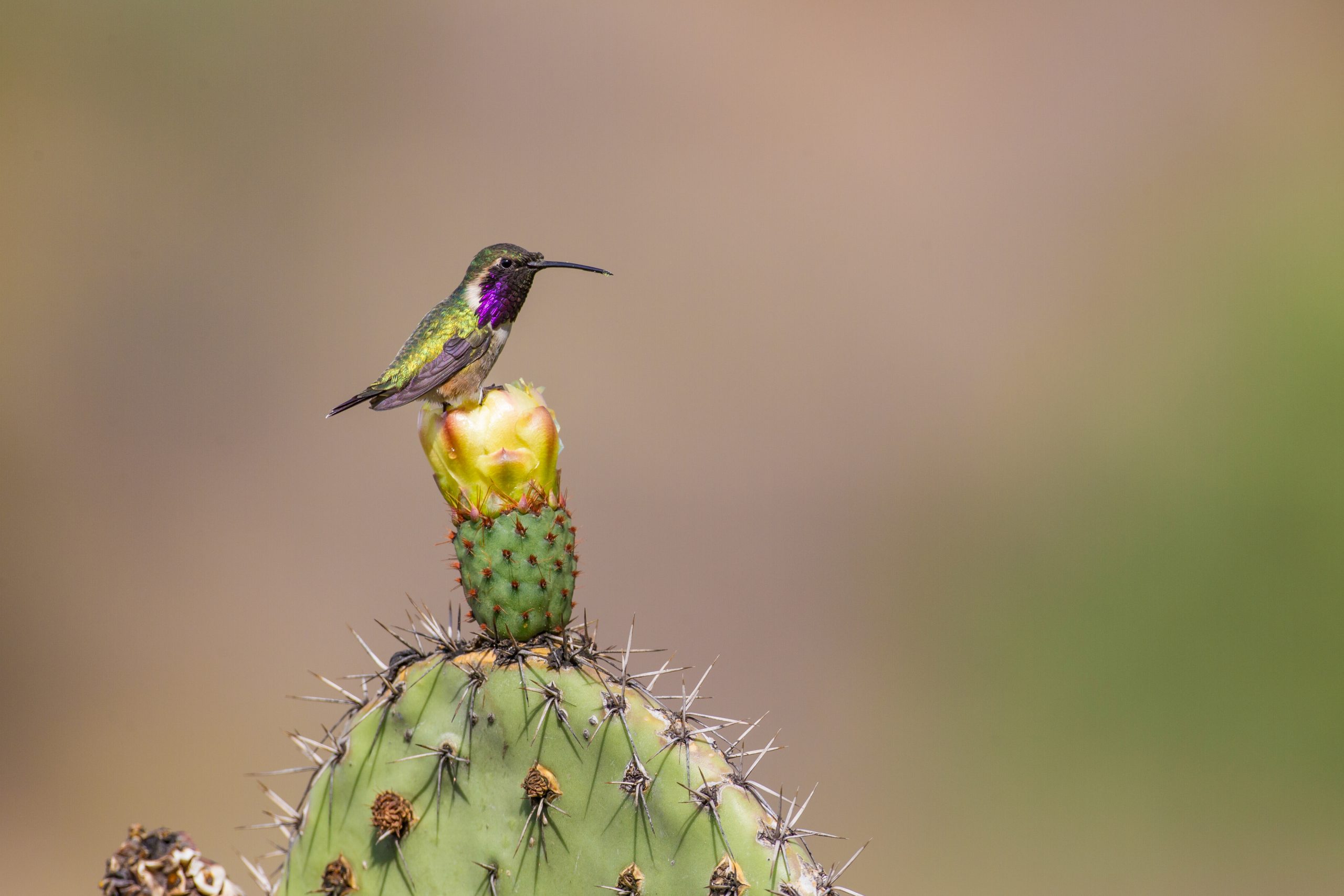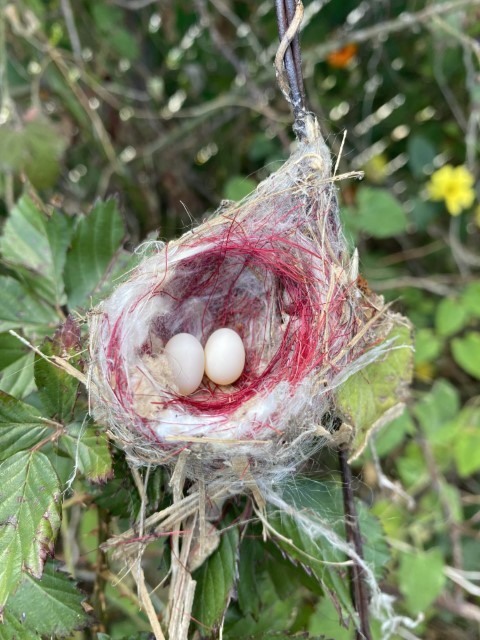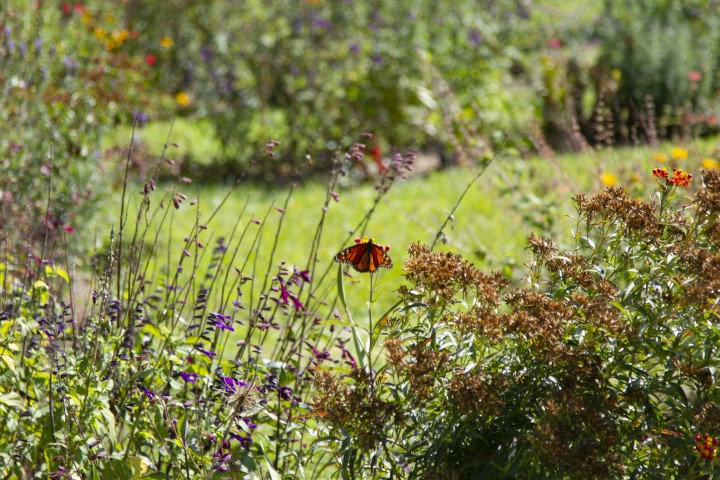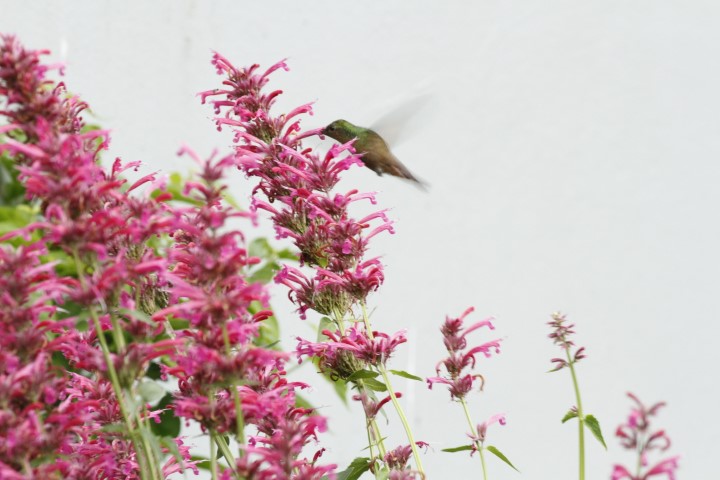
Pollinator gardens: Hummingbird as a pollinating agent
Learn with Hummingbird Paradise about Pollinator Gardens: Hummingbird as a pollinating agent
Pollinator gardens are wildlife refuges. These organisms transport pollen from one flower to another as they feed on nectar or pollen, allowing plant reproduction
Today we know that around 150 cultivated edible species in Mexico depend on pollinators (Ashworth, et al., 2009, 1052), including beans, chilies, apples, pumpkins, papaya, etc. However, they are also vital for many plant species that include ornamental species, species that feed livestock, or species that produce fibers such as cotton.
However, they are also vital for many plant species that include ornamental species, species that feed livestock, or species that produce fibers such as cotton.
Currently, among this group of organisms, we find bees, butterflies, hummingbirds, and bats, all of which are in crisis.
For more than two decades, a decline in their populations has been recorded due to habitat loss, pesticide use, and climate change.
An undeniable issue is the ability to observe them within our cities, and even in our urban green areas, where it is increasingly difficult to find species feeding or thriving, due to the lack of food and shelter.
From the landscape design perspective, creating a garden for pollinators allows conveying various messages: convincing users that it is possible to coexist harmoniously with other species in the same space, teaching about life cycles, and moving away from the myths that, for years, have pursued different species.
Moreover, it invites visual, auditory, and olfactory sensory experimentation by using species different from the usual in our gardens, which due to their flowering produce other colors, aromas, and, thanks to the sounds of the visitors, combine in a different experience and perception of the same landscape that we call a wild garden.
We like to imagine what our cities would become if we all created gardens that promote biodiversity. In a garden of a few square meters, more than 100 species of insects, birds, or other organisms can be recorded. Ultimately, we could create functional green corridors, starting from parks, rooftops, and public areas, to rural and natural areas
When creating gardens for pollinators, we aim to create green areas filled with native flowering plants. Some of the features we should pursue to create these oases are: Cultivate diverse plantings, using species with different shapes, colors, and sizes in their flowers to attract the greatest diversity of pollinators; select species that offer pollen or nectar throughout the different seasons of the year, ensuring the presence of multiple pollinators that remain active throughout the year; choose native plant species that evolved alongside local pollinators and are also adapted to climatic conditions; build habitats complemented with other elements in the garden such as fountains or areas with organic materials (logs, rocks, barks) that allow them to take refuge; avoid the use of pesticides that can affect them.

Nido de colibríes en Vivero Paraíso Colibrí Hummingbirds nest at Paraíso Colibrí Nursery
Fotografía / Photography: Rocío Meneses
“When we create gardens for pollinators, we seek to create green areas that are full of native flowering plants.”
Hummingbirds have excellent vision and are primarily guided by the colors of flowers, as they perceive a wider range of colors than we do.
Plants, in turn, have developed other strategies to ensure their pollination, including their shape. Generally speaking, we can say that the flowers that feed hummingbirds have colors ranging from reds to blues, including oranges and pinks.
Unlike flowers pollinated by bees and other insects, flowers pollinated by hummingbirds do not have strong scents.

Mariposa monarca visitando jardín para polinizadores Monarch butterfly visiting garden for pollinators
Fotografía / Photography: Sergio Ramírez
Hummingbirds are considered the most important pollinating birds in America, as due to their abundance, they pollinate more than 10,000 species of plants.
On the other hand, due to their ability to adapt to the temperatures of cold and high areas (thermoregulation), they are effective pollinators in areas where not many insects manage to survive. In addition to being more efficient, as they lose less pollen compared to bees during the pollination process.
A single hummingbird visits at least 500 flowers a day to replenish the large amount of energy it uses to fly at the speed they do. However, if the flowers do not have enough nectar, this bird would have to visit up to 3,000 flowers a day.
They are directly responsible for the pollination of many fruits and vegetables we consume, including papaya, pineapple, beans, pomegranate, and many others.
“Hummingbirds are considered the most important pollinating birds in America, as due to their abundance, they pollinate more than 10,000 species of plants.”
In our country, we have 59 species of hummingbirds that inhabit different types of ecosystems, so there is also a great diversity of flowering plants that attract them.
Among them, we can mention the Salvias, a genus of plants distributed throughout the country and which maintain a close relationship with hummingbirds. Other genera of plants that can also be considered are: Penstemon, Cuphea, Agastache, Justicia, Fuchsia, Lobelia, Malvaviscus, among many others.

Colibrí comiendo de un Agastache mexicana
Hummingbird eating from a Agastache mexicana
Fotografía / Photography: Sergio Ramírez
Some examples of these genera that feed hummingbirds are: myrtle (Salvia microphylla), blue sage (Salvia mexicana), pineapple sage (Salvia elegans), cigar plant (Cuphea ignea), Mexican hyssop (Agastache mexicana), muicle (Justicia spiciguera), firecracker plant (Russellia equisetiformis)
Unfortunately, there is still little production of native plants for ornamental purposes and focused on pollinators. Returning to the idea of the great biodiversity that the Mexican Republic possesses, the lack of plant material to create spaces according to the types of habitats of our cities immersed in various types of climate within the country is evident. At Hummingbird Paradise, since we started 8 years ago, we have focused our effort on the production of native plants to feed hummingbirds, and without realizing it, we became the first nursery specialized in plants for pollinators in the entire country. We started with the production of 8 species, including some of those mentioned, and today we have a catalog of more than 130 native plants to feed hummingbirds, butterflies, bees, and many other insects.











